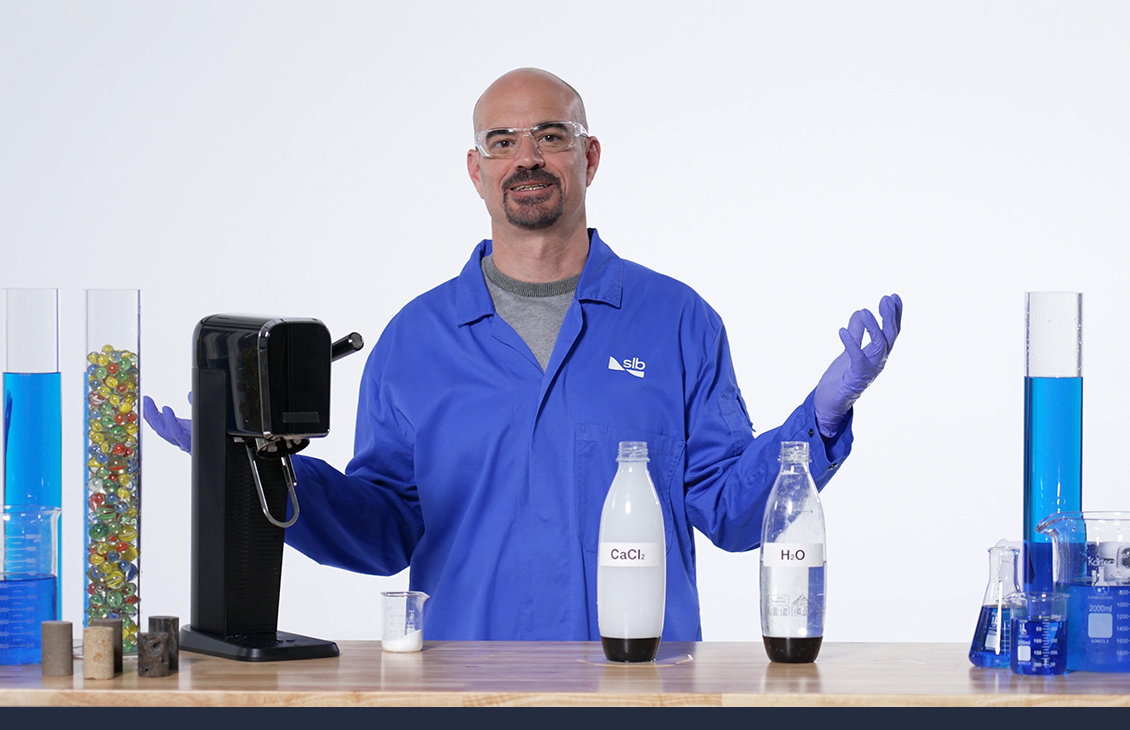What makes a good reservoir to inject and store CO2?
Published: 09/25/2023

What makes a good reservoir to inject and store CO2?
Published: 09/25/2023

What makes a good reservoir to inject and store CO2? It's all about the rock and its properties. Two key properties are porosity and permeability. Whereas porosity is defined as how much fluid a rock can hold, permeability is described as how well the fluid can flow through that rock. Imagine porosity as the storage space and permeability as the smooth pathways for fluids to flow through.
Learn from Science Rob how rock porosity and permeability can help us better understand and optimize CO2 injection and carbon storage. This and other subsurface insights plays a crucial role in evaluating carbon storage sites for appraisal. Learn more about carbon storage evaluation measurements and how they are an early, critical step in any carbon sequestration project.
Science Rob video series
-

How Do You Keep CO2 Underground?
Science Rob, Episode 2Learn from Science Rob what makes a good reservoir "seal" and how this enables reliable carbon storage.
-

How Does CO2 Behave Below the Earth's Surface?
Science Rob, Episode 3Learn from Science Rob about the rock-brine-CO2 interaction and how it impacts carbon storage.
-

Putting Rocks to the Test for Reliable Carbon Storage
Science Rob, Episode 4Kitchen science meets geomechanics: Learn from Science Rob how rocks (and food) react to stress.
-

Delving Downhole: What the Reservoir Reveals About Carbon Storage
Science Rob, Episode 5Learn from Science Rob how sound waves travel through rock and the impact on carbon storage.
